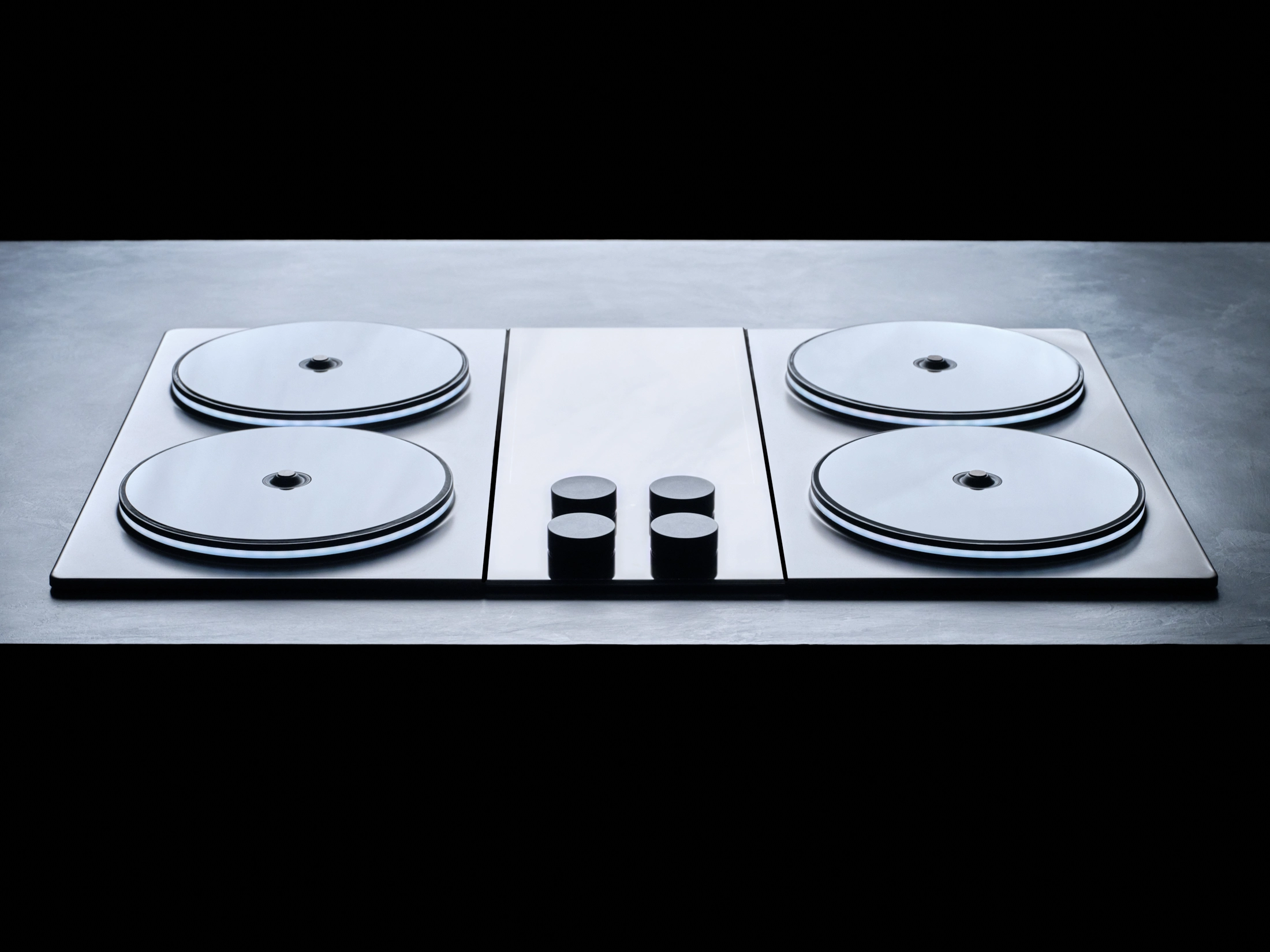Our battery completely changes that equation. Whether it’s hooked up to a 120V or 240V connection, our battery charges gradually while you’re not using it. Then, when you’re ready to cook, it can quickly release the power it’s stored up to achieve astoundingly high performance. We’re talking 72,000 BTU/h. Compare that to 18,000 for the best gas stoves.



I have a hard time conceptualizing using a stove that puts out 4 times the energy of the best gas stoves. It’s not like we need pans to get even hotter. I guess maybe that level of power would be only really used to heat up water to a boil? I guess it could be pretty hard on the cookware. I think it would be more efficient to have a insulated water boiler that just keeps water just below boiling all day long.
I don’t think I’ve ever cooked on induction, though, so maybe I’m missing something. Either way, though, I’m glad this technology seems to be coming along
Yeah, it’s an instant-boil capability.
If they made a wok version of the stove, it would allow something equivalent to commercial-kitchen stir-fries.
The big deals for most people are:
for a week or soduring power outagesApparently the battery is only good for “three meals”. But the idea is not bad, just overpriced a lot.
How many meals are you cooking consecutively, lol?
Edit: ah, you’re talking about during outages. Still, 3 isn’t bad. It would be cool if it was set up to charge off DC power, too
This looks like something I can put on top of my gas stove, so I could have gas as a backup still.
That’s down a lot from what was proposed earlier when they first announced
Don’t know about the costs, but isn’t rewiring cheaper in the long run?
That’s what I was thinking. My place isn’t wired for 240v. I was initially excited. Then I saw the price and converted to Canadian dollars. It’s been a while since I’ve priced it out, but I think it would be less expensive for me to put in 240v, get power to my shop, and buy a used electric stove. Obviously, I wouldn’t have induction, but that’s not something I actually care about.
Not if the stove (and its battery) last for several decades. Even with the higher cost of this stove as compared with other induction stoves, it’s likely a cheaper choice for 10% to 20% of US households looking to get off gas.
Show me a battery that lasts decades…
A lot of the EV batteries are likely to last 20+ years.
What do you mean with “last” exactly?
I mean retain about 70% of their original capacity. Most of them seem to be holding up to that.
Blatantly untrue
Appliances that run on higher voltages are more efficient. You may lose out on energy costs
It’s a stove, which is usually a very small chunk of household energy consumption in the US. Heating and cooling tend to be the bulk of it, and where people concentrate on efficiency.
I don’t know how induction will ever be compatible with wok cooking. A huge part of it is keeping food moving by tossing it, and you would loose most of the heating by pulling the wok off the element
There are induction wok ranges for sale, and from what I can tell people are happy with them.
As an additional (future) option, I love the idea of creating biochar, capturing the resulting syngas, and purifying the syngas for use as a plug-and-play alternative to propane compatible with their existing cookware.
I think this is sound from ecological and social standpoints. Propane is basically a byproduct of fossil fuel refinement, and as that goes away, so too, will propane, leaving behind a ton of wasted cookware etc. including the embodied carbon in its manufacture. By replacing the propane with another gas that’s a byproduct of sequestration rather than fossil emissions, we save the embodied carbon and financially incentivize sequestration, while the people with cultural attachments to gas cooking can continue on.
Syngas is wildly more poisonous than methane or propane. Going to have a tough time getting people to pipe that into their homes.
Hence why I said to purify it, and I only mentioned propane in the context of cooking, which is virtually if not always off-grid, so no piping.
Syngas is a mix of carbon monoxide and hydrogen. Purifying it doesn’t solve the major risks associated with having a lot of carbon monoxide around
Ah, looks like it’s dedicated curved ranges with a corresponding wok; that makes sense.
Now I’m picturing it with a switch that detects when the wok leaves the induction element and turns on a heat gun instead
Seems perfect for the home metallurgist.